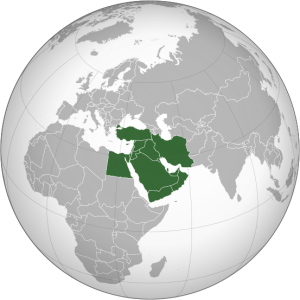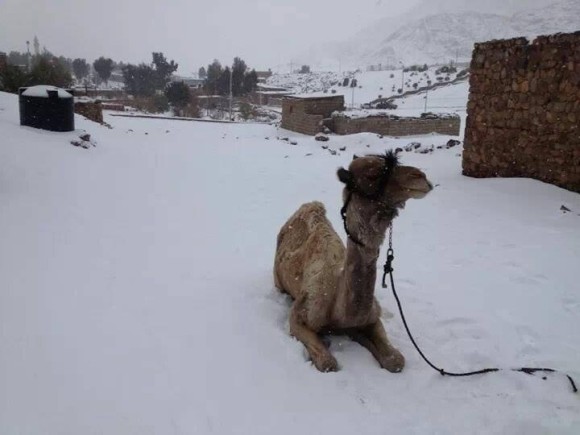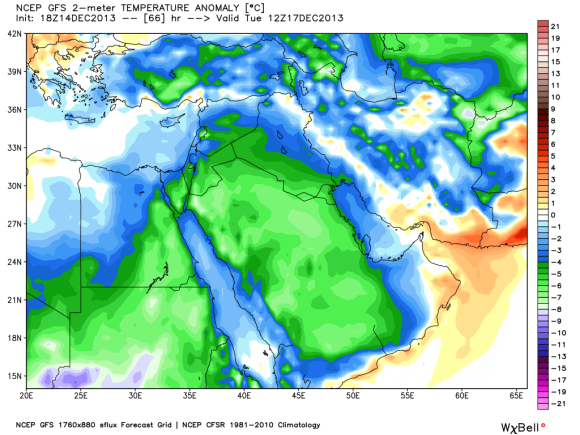
A rare winter storm struck the Middle East beginning around Tuesday, December 10 and lasting into that weekend – producing heavy snow in areas that typically never see the white stuff. Jerusalem recorded an impressive 15-20 inches of snow, according to The Telegraph, with roads still blocked on Saturday, December 14. It was the most snow ever recorded in that region in the month of December for at least 60 years. Behind the surge of wintry precipitation, cold temperatures were widespread across the Middle East during the week of December 9-15, 2013. Snow and cold temperatures created difficult conditions particularly across Syria, where refugees had to embrace the extreme conditions outside.
The storm affected parts of Israel, Jordan, Lebanon, Northern Syria, Iran, Turkey, Egypt and the Palestinian territories, while bringing torrential rains and serious flooding to low-lying areas. Where cold air wasn’t present, heavy rains resulted in flooding across the dry river beds around the Dead Sea. Meanwhile, Cairo had a once-in-a-lifetime snowfall, the first recorded snow to fall in that city in over 100 years.
https://youtu.be/QVDXT0HMBFU


In Gaza City, officials declared a state of emergency due to flooding and power outages. According to USA Today, nearly 2,000 people evacuated and 100 people were injured in Gaza. With thousands of refugees in and around Lebanon, the winter conditions created major problems as they had to endure more hardships with the addition of cold temperatures and snow. Areas such as the Baka neighborhood of Jerusalem received heavy snow and experienced downed trees and power lines.
At this writing (December 14, 2013), the storm has finally pushed out, and temperatures are expected to slowly moderate over the next couple of days. While temperatures will warm up, a large majority of the Middle East is expected to remain below average. While the cold air was in place earlier this week, temperatures were nearly 10-20 degrees (Celsius) below average.
Bottom line: A strong weather system pushed into the Middle East beginning around December 10, producing snow and sending temperatures plunging downward. By the end of the week (around December 13), Jerusalem was at a standstill as heavy snow blasted the city. Cairo, Egypt recorded measurable snow for the first time in over 100 years.














